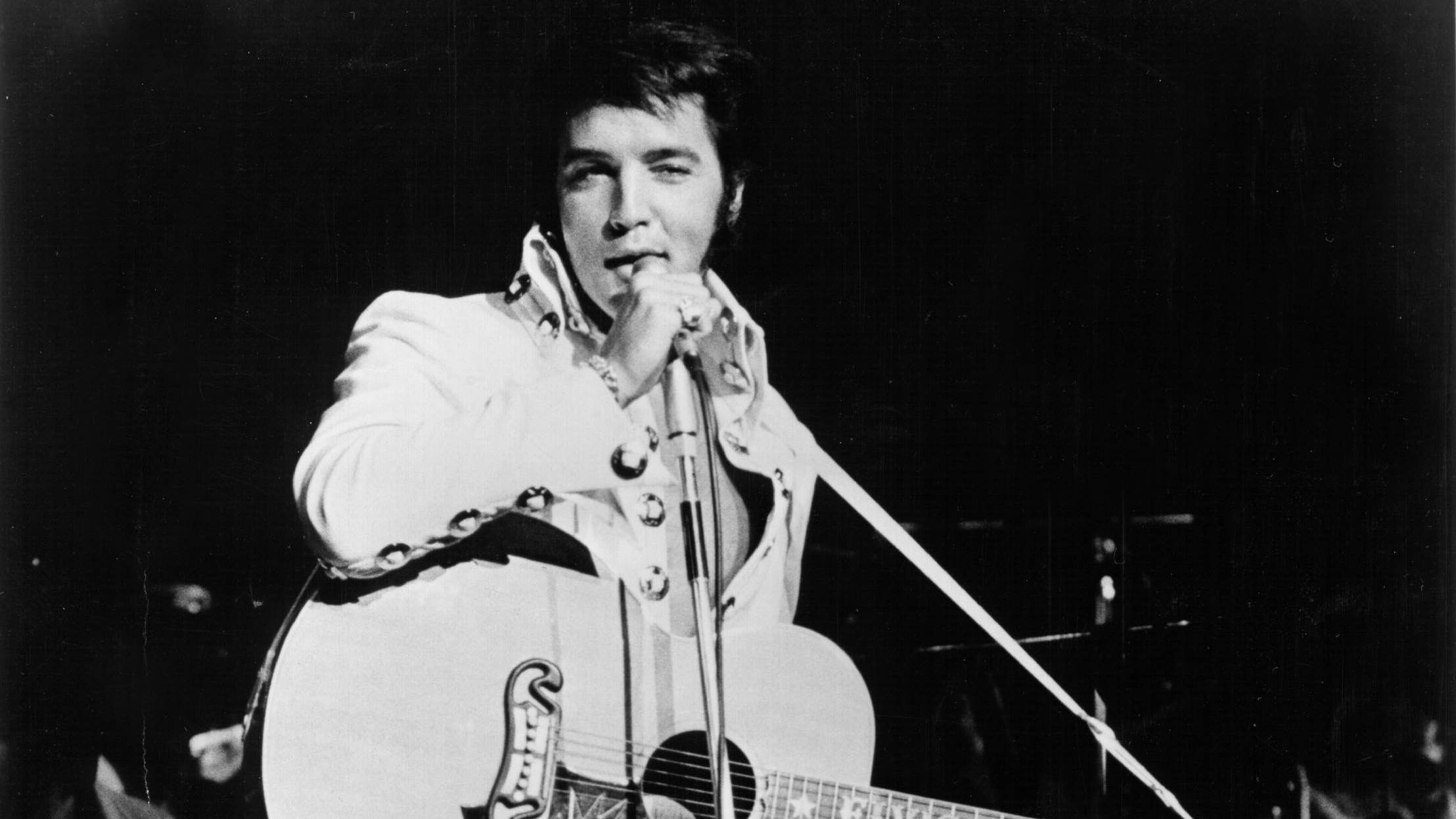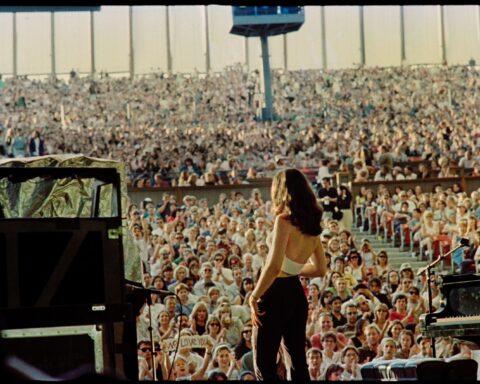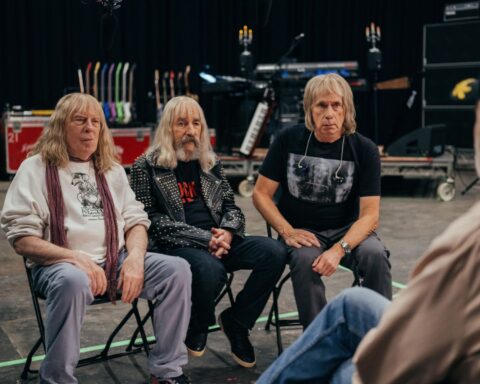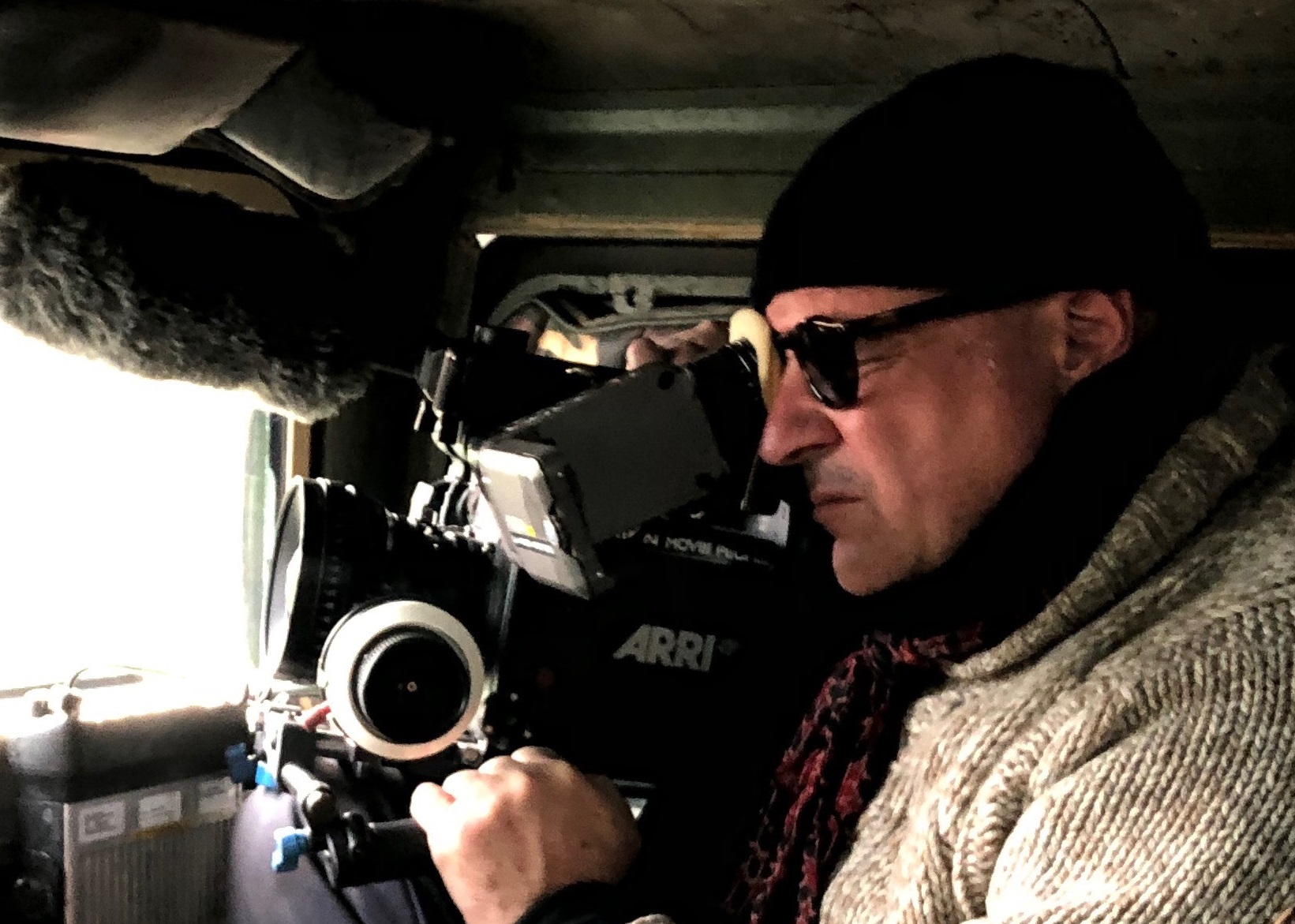The parade of new Baby Boomer music docs might be all shook up by COVID, but the vault is always open for business. Music fans can dial up nostalgia by revisiting one of the seminal concert documentaries, Elvis: That’s the Way It Is, which screens this week as part of Cineplex Events. This 1970 doc directed by Denis Sanders observes the King mounting his return to the stage after nearly a decade spent focussing on his film career. Trimmed down from its original cut by nearly 15 minutes (although it could still be tighter), the film might now have broader appeal than it did on its initial release. From the floodlights of the stage to the dressing rooms behind the scenes, That’s the Way It Is offers a front-row seat to rock’s most iconic performer.
The prime material for Elvis fans is presumably the August 1970 concert that comprises much of the film. Elvis is in his element through every frame of the footage. “The callow youth who gyrated to fame and wealth as a kind of national joke is now a handsome man, a bit jowlier, true,” observed Vincent Canby in the New York Times during the doc’s theatrical run. “But the face has character. The personality is a bit more suave but stronger. The powerhouse drive that used to flail about wildly is shrewdly disciplined and siphoned until it explodes into his extraordinary sense of rhythm.” Elvis shows some evidence of indulging in one peanut butter, banana, and bacon sandwich too many, but one sees his signature swagger return from its long winter’s nap. Elvis’s fans have grown up, too, and the doc features ample young at heart fans shrieking and swooning for Elvis. Even this crowd is laden with nostalgia for a glimpse of the Elvis from their youth.
That’s the Way It Is might cater to Elvis fans first and foremost, but it’s also a fascinatingly novel look at the King’s aura. All the hits appear in That’s the Way It Is, as does the frenzy of the star-struck fan base, which illuminates the mania for Elvis, particularly as it relates to Las Vegas, that continues today. “Appropriately, Elvis: That’s the Way It Is is about the annual pilgrimage of Middle Americans to their ultimate shrine, Las Vegas, to their very own oracle, Elvis,” wrote Robert Colaciello in The Village Voice during the film’s initial release. “Like a sociological sharpshooter, director Denis Sanders zeroes in on every conceivable variant for American Gothic, from little old ladies to perhaps the creepiest young man ever to appear on film.”
Thanks to the handsome colours and vibrancy of the restoration, the wheels of the nostalgia factory are in full swing with That’s the Way It Is. Like the recently salvaged Aretha Franklin doc Amazing Grace (but, admittedly, not nearly as emotionally compelling), the film offers a treat for audiences across generations. Seasoned fans can revisit the glory days of the King’s reign, while younger viewers can experience a talent who revolutionized music and its commercial flair.
Sanders, a two-time Academy Award winner for the short doc Czechoslovakia 1968, which chronicled the history of the titular nation culminating in the Prague Spring Soviet invasion of 1968, and short war drama A Time Out of War (1954), does not have the conventional background for a music documentary filmmaker. But the film is more about staging a comeback than it is about capturing a performance.
Among the back-up singers in Elvis’s arsenal are Millie Kirkham, The Sweet Inspirations, and The Imperials. Elvis, with perspiration rolling down his face, guides his fellow performers through numbers like “Bridge Over Troubled Water” and “You Don’t Have to Say You Love Me,” finding his voice along their own, blending with the chorus and perfecting the musicality of the songs that made his name. The film’s influence might be more apparent for its immersive study of the backstage action, featuring Elvis’s rehearsals and interactions with the crew, rather than the somewhat dizzying concert material. In the film’s stronger moments, the camera hovers around the backstage action to find the story amid the sweat, determination, and energy shared by Presley, his fellow performers, and crew.
The film borrows some obvious cues from the 1962 cinema verité landmark Lonely Boy, the star-struck yet objective NFB portrait of Paul Anka. As with Lonely Boy, That’s the Way It Is offers a mix of behind the scenes candid camera play coupled with ample footage of the performer in his element, surrounding by mobs of screaming fans. However, where Lonely Boy provides a study of youth in the spotlight, That’s the Way It Is evokes the calculations of a seasoned performer orchestrating his image. The film might be Elvis’s first documentary feature, but he had over 30 film credits to his name prior to the concert. He knows how to work a camera just as well as he knows how to strut and swagger on the stage. His charismatic coolness takes hold of the camera, commanding it with the presence of a true star, seasoned by visible growth of his sideburns and jowls to convey the longevity of his career.
The 50th anniversary restoration of this doc offers both a glimpse at a comeback in the making and a formative piece of music documentary filmmaking. While That’s the Way It Is might not hold the same place in the documentary canon as fellow 1970 rockumentaries Woodstock and Gimme Shelter (albeit nobody gets murdered in this doc), or the earlier Monterey Pop!, it’s nevertheless a worthy precursor to the unstoppable stream of movies about performers in their element. Even the recently released Shawn Mendes: In Wonder bears strong resemblance to this doc fit for a king. That’s the Way It Is, like In Wonder, shares the name of an album released in tandem with the doc, might have more commercial than artistic influence over non-fiction film. However, whether depicting a young star in his prime or an icon mounting a return, the formula works as it humanises a star while boosting his stock.
Elvis: That’s the Way It Is screens in select theatres as part of the Cineplex Events series beginning Dec. 3.














